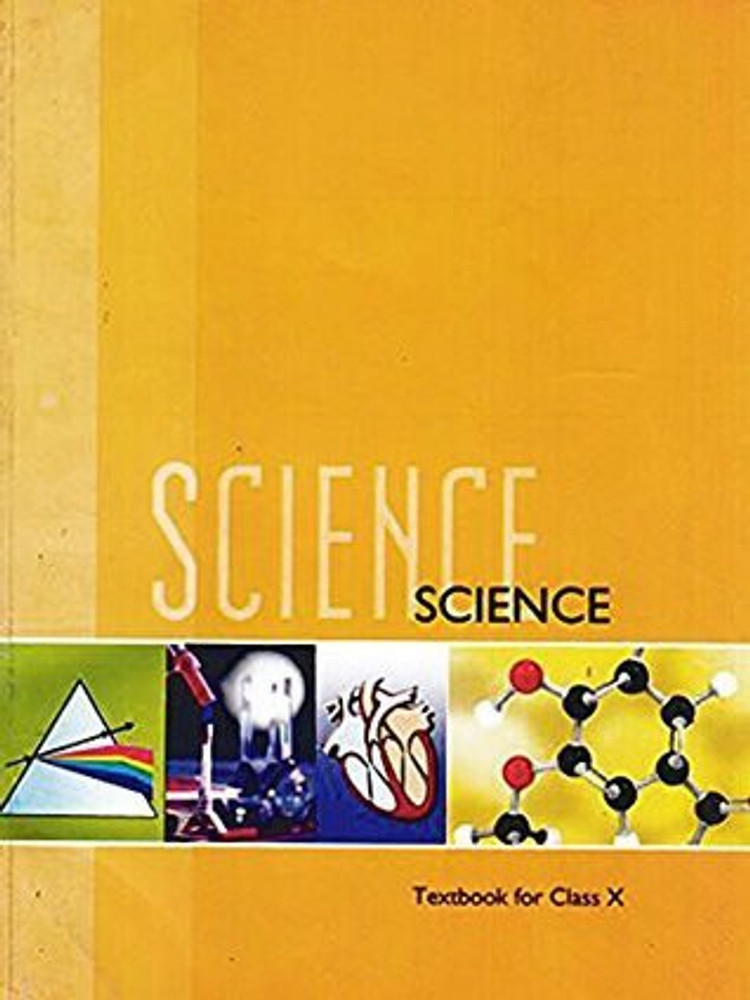Study Finds Coronal Loop Flickers Could Predict Solar Flares Hours in Advance
NASA's Solar Dynamics Observatory has revealed a potential breakthrough in predicting solar flares. Scientists observed brightness fluctuations in coronal loops—plasma structures in the Sun's atmosphere—that intensify hours before solar flares occur. This discovery, with a prediction accuracy of 60–80%, may provide 2–6 hours of advance warning, aiding space mission safety and protecting critical technology. The findings, published in Astrophysical Journal Letters, highlight the importance of coronal loop analysis in space weather forecasting

For years, scientists have sought methods to predict solar flares, the intense energy bursts from the Sun capable of disrupting technology and posing risks to astronauts. Using NASA's Solar Dynamics Observatory, researchers have identified brightness fluctuations in coronal loops—arch-like plasma structures in the solar atmosphere—that may provide advance warning of strong solar flares. These findings could enhance safety measures for space missions and safeguard technology affected by space weather disturbances.
Findings on Coronal Loops and Solar Flares
According to a study published in Astrophysical Journal Letters and presented at the American Astronomical Society meeting, the research led by Emily Mason of Predictive Sciences Inc. analysed coronal loops in areas preceding 50 major solar flares. Significant brightness variations in extreme ultraviolet light were observed in loops above active regions compared to those in non-flaring zones. This flickering reportedly intensifies hours before a flare occurs, suggesting a potential predictive metric. In her statement to the press, Mason noted the discovery's importance in understanding solar flare mechanisms and improving forecasting accuracy. These variations could predict flares 2 to 6 hours in advance, with an accuracy of 60 to 80 percent.
Potential Applications and Challenges
As per an official release from NASA, Seth Garland from the Air Force Institute of Technology highlighted that while previous methods focused on generalised likelihoods, the current approach might offer more specific timing predictions. Kara Kniezewski, a lead author and graduate researcher, added that chaotic patterns in loop emissions, rather than trends, provided consistent predictive results. Vadim Uritsky from NASA's Goddard Space Flight Center explained that integrating this method into real-time systems could facilitate early alerts for space missions and terrestrial systems, although further observations are needed to refine the correlation between loop flickering and flare intensity.
This breakthrough may pave the way for predictive systems capable of mitigating the risks posed by solar activity, offering better protection for critical technologies and human endeavours in space.













)





















































![[Exclusive] iQOO to Enter Offline Market Starting December](https://i.gadgets360cdn.com/large/iqoo-13-press_1732882587365.jpg?#)








